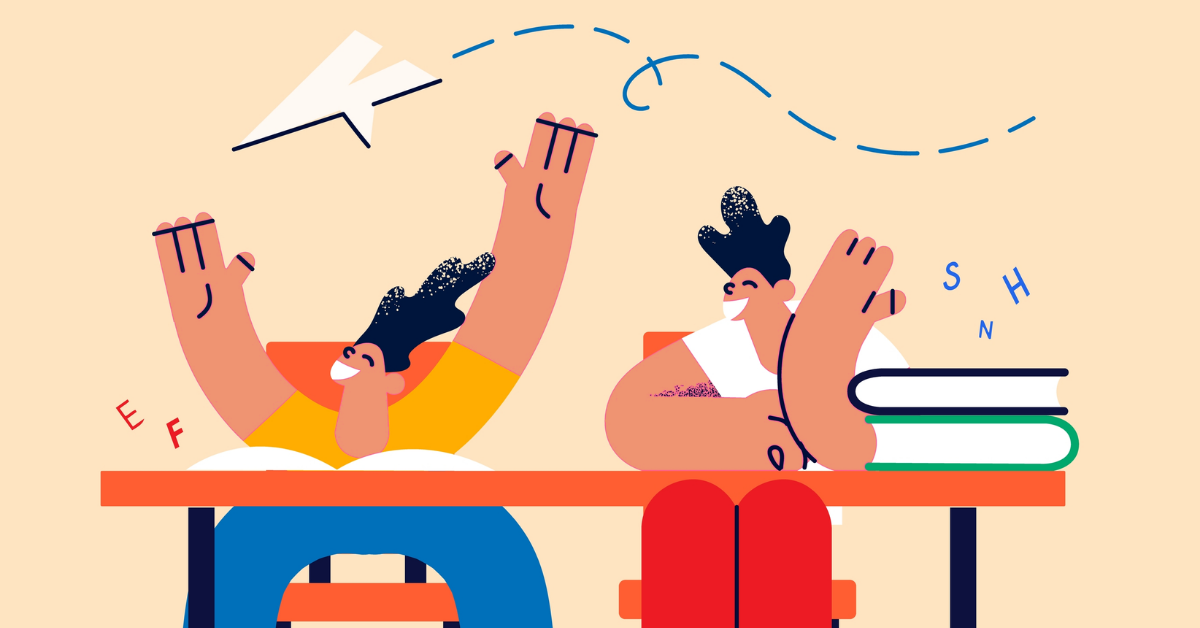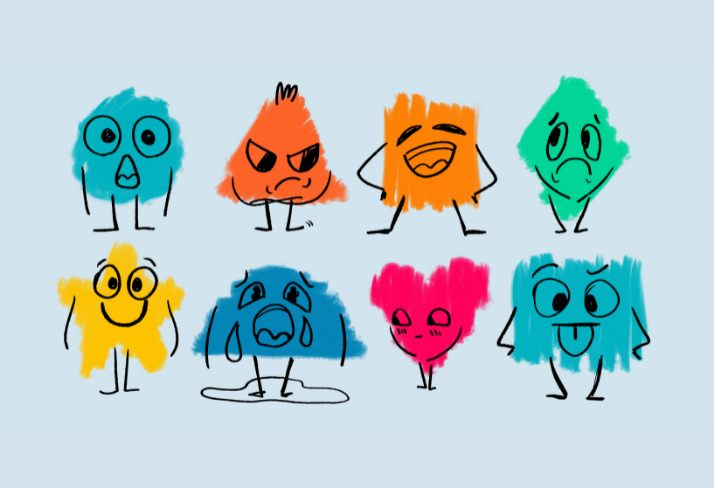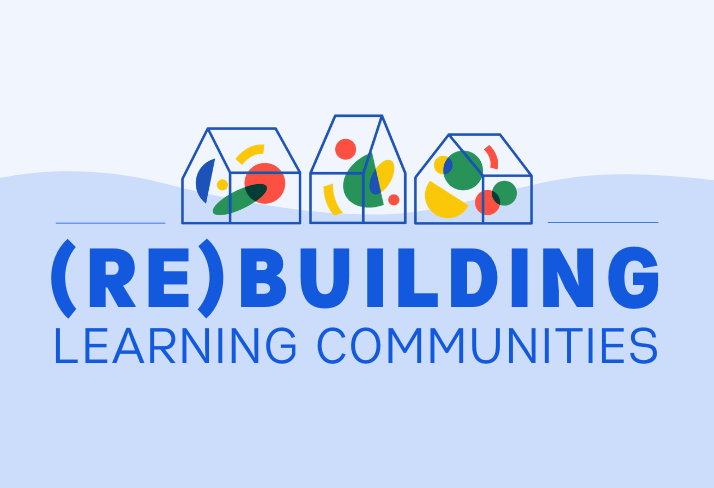|
Productively engaging students is a real challenge — but the solution may not be too far out of reach.
How can we create a classroom situation where all our students are productively engaged?
Engaging a class of students in a lesson can feel like a daunting task, with constant disruptions and more students off-task than on-task. It can be overwhelming! Setting up predictable routines and rituals for our students is key, and staying in touch with each of our students to help them engage with a meaningful task is a crucial element of creating a productive, positive work environment. The challenge is real — but the solution may not be too far out of reach. Our Three Sweeps resource (download here) provides a practical approach to getting all students on track and working.
The First Sweep
First, start students on an independent task like a warm up or “do now” prompt. The most effective opening activities are tasks that engage students in the topic or theme of the lesson using prior knowledge. As students enter the class, we can point them to the prompt and activate our first “sweep” by circulating through the entire class and “touching base” with each student using a light touch and offering an affirmation or posing a question, such as: Affirmations
Questions
This first sweep is designed to acknowledge the students who are cooperative and on task (early adopters) and offer those who are not yet settled a calming and supportive first “touch.” Let’s be real: students enter the classroom space in all different mindsets. We want to quickly and quietly acknowledge all of the students who are ready to work, and also have a personal and positive first contact with those who need more support to transition into their classwork. The first sweep communicates the expectation that you are recognizing each student in a supportive way, and it necessitates a personal exchange with each student. After we’ve made contact with each student and either affirmed their engagement or redirected them to the task, we begin our second sweep.
The Second Sweep
Our second sweep is a second opportunity to touch base with all students, with a focus on supporting off-task or unsettled students settle into their work. To start Sweep 2, quickly scan of the room and identify students who have not yet begun the activity. Maybe they’re talking or walking around the room, or maybe they’re distracted. Prioritize a second check-in with these students. Now, the contact and questions with students can include slightly more pointed questions to pinpoint what may help each individual student engage in the task at hand. Depending on the specific situation with each student, and the prior exchange, these questions and comments may include:
Students in Sweep 2 will benefit from a next step action:
Often, we lean on negative interventions with students who exhibit off-task behaviors, calling out students’ names in front of the class, asserting the rules or expectations, or publicly demanding a change in action. Unfortunately, these tactics are more likely to antagonize students who are struggling to connect with the work and can escalate tensions and increase students’ insecurities. The second sweep more deeply acknowledges each student’s specific needs and offers them advice or a tool to get to work. It should be done as calmly as possible with the expectation that students will respond productively. As much as this sweep is about positive reinforcements, it’s also about accountability. If a student says there are no barriers to begin their work, then there are no more excuses, either. If there are barriers to beginning, we want to know so we can remove them and work with kids so they can fully access the assignment. Now, it’s time for Sweep 3.
The Third Sweep
In Sweep 3, we return to a touch point for every student in the class. For students who have been working well for the duration, this is the time to check for understanding, affirm their progress, clarify any questions, and identify any obvious misunderstandings in their work so far. For students who are still struggling to engage in the task, we restate our purpose and return to our redirection questions. Restating the purpose is an important moment to communicate a shared expectation and explicitly outline the value of the task, and the community expectations. Affirmations
Clarifications
Restating Purpose
Redirect Questions
Notice that in these questions, we’re really focusing on asking the student to provide the solutions. When students choose to engage, or offer a suggestion for what would help them work better, they are more likely to implement the strategy they suggest, even if it doesn’t seem genuine to us in the moment. This is a key factor, because when we respond defensively to students who may show up distracted or disengaged, we can fall into exchanges that are more about power and control than they are about learning. We want to remember that — especially when we’re striving to develop a culture of high expectations in a positive work environment — it's critical that we find the path to engage all students in meaningful work. That might mean setting aside our personal feelings, and staying laser focused on helping every student to engage in the task.
Making the most of each sweep
Getting used to the three sweeps may take a little time and a little practice, but we’ve found that this is a highly effective strategy throughout the class period. Each sweep ensures that every student has at least two personal interactions with their teacher(s), and that students struggling to engage in the content have at least three positive and proactive exchanges with their teacher(s) — each serving as an opportunity to engage. To maximize the use of Three Sweeps, consider these quick tips:
Three Sweeps can be a shortcut to student engagement and creating a culture of learning. When we get everyone involved and engaged, we can focus on the learning and build momentum towards deepening our students' content knowledge and skills on a daily basis.
|
|
The Center for Professional Education of Teachers (CPET) at Teachers College, Columbia University is committed to making excellent and equitable education accessible worldwide. CPET unites theory and practice to promote transformational change. We design innovative projects, cultivate sustainable partnerships, and conduct research through direct and online services to youth and educators. Grounded in adult learning theories, our six core principles structure our customized approach and expand the capacities of educators around the world.
|
ABOUT US
525 West 120th Street, Box 182 New York, NY 10027 416 Zankel Ph: (212) 678-3161 [email protected] Our Team Career Opportunities |
RESOURCES
Professional Articles Ready-to-Use Resources Teaching Today Podcast Upcoming PD Opportunities |
COACHING SERVICES
Custom Coaching Global Learning Alliance Literacy Unbound New Teacher Network Student Press Initiative |



























